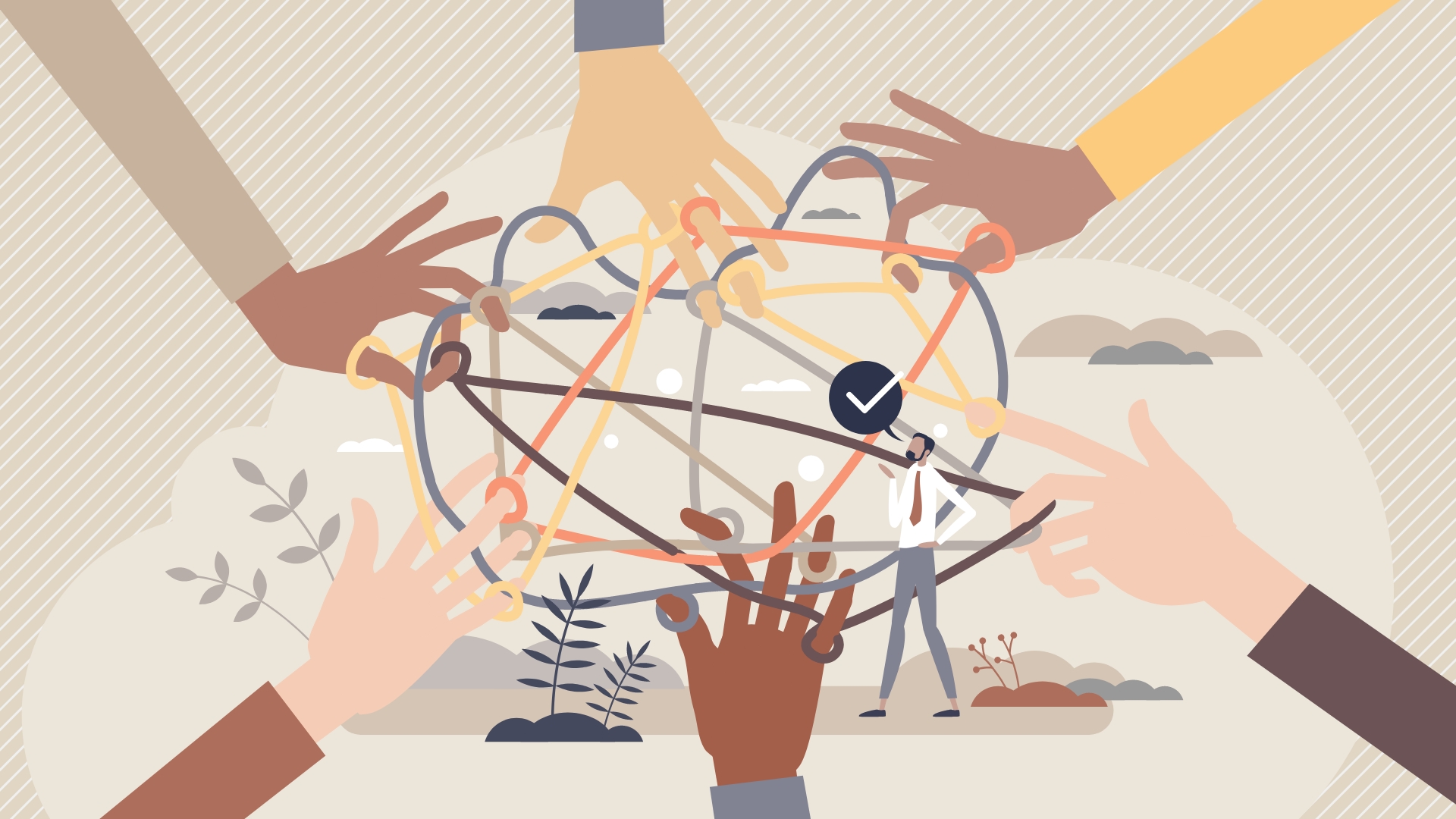At Boldist we have helped biomedical, environmental, community, and social services organizations create stunning, effective websites. Too many times I’ve encountered sites for non-profit organizations that fall short on hitting the mark and really delivering on what the organization needs to thrive and meet its goals. Although these organizations are non-profit, they inherently still are depending on some kind of funding, whether it be donations or grants, and should be designed and developed with goals, objectives, and user flows, principles frequently used when creating corporate websites.
The right website can establish trust.
You’re doing some amazing things in the world, and really making an impact and influencing change. A well-built website that clearly defines what you’re doing, and for whom’s benefit, can transform you into a trusted authority on the subject, quickly removing any barriers to funding, endowments, donations, and partnerships. And it doesn’t stop there. The right website can also get your message out to the world, because what good is what you’re doing if no one ever finds out? Ensuring your website reflects your core values, your mission, and what you’re currently doing, can go a long way in establishing authority and trust.
The right website can raise funds.
The reality is that most non-profit organizations depend on donations to survive. Is your website set up to properly collect donations? Granted, there are plenty of ways available on the internet to collect donations, but your website is the main place where these types of transactions should be happening. Controlling the transactions while collecting funds is important because it can help establish trust and reassure donors their funds are being allocated properly, and that their money is going to the right people for the right causes.
The right website can attract talent.
A well-designed website with a well-crafted message can create the level of professionalism and trust that can attract the right type of people, be it as volunteers, leadership, board members, or even talent. While some organizations benefit from donations and grants, there are organizations that also depend on good talent and intellectual property to thrive. So, aside from establishing you as an authority on the subject, the website can also inform potential talent of the type of talent and ideas you’re looking for, and the type of ideas that will have the most impact within the organization.
The right website can free up resources.
If you’re the type of non-profit organization running on a shoe-string budget, a well-designed, informative website can free up resources. By providing help with repetitive and time-intensive tasks like answering questions, filling applications, and education, you can free up staff for tasks that require a more personal touch. This way, not only are you helping more people at once, you can shift this available time to more strategic, developmental, and fundraising jobs that require more thinking and attention.
When considering a new website for your non-profit organization, it would benefit you to start thinking about the website less like a marketing brochure to get your information out, and more like a vital component of your organizational structure, like you would an office, staff, equipment, and furniture. When done right, your website can be the most valuable and hardest working entity within the organization, requiring fewer resources, and returning the most on its investment.


